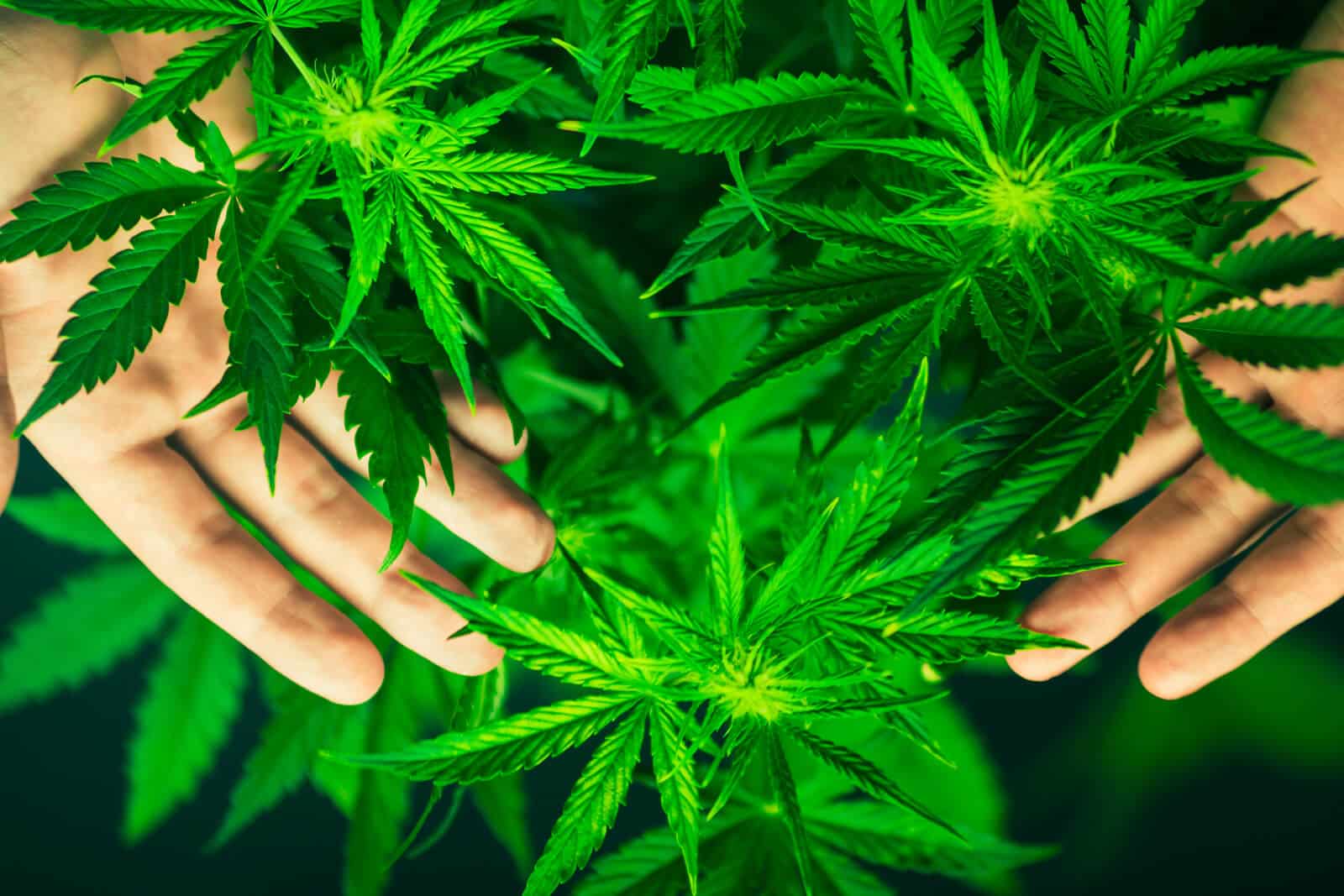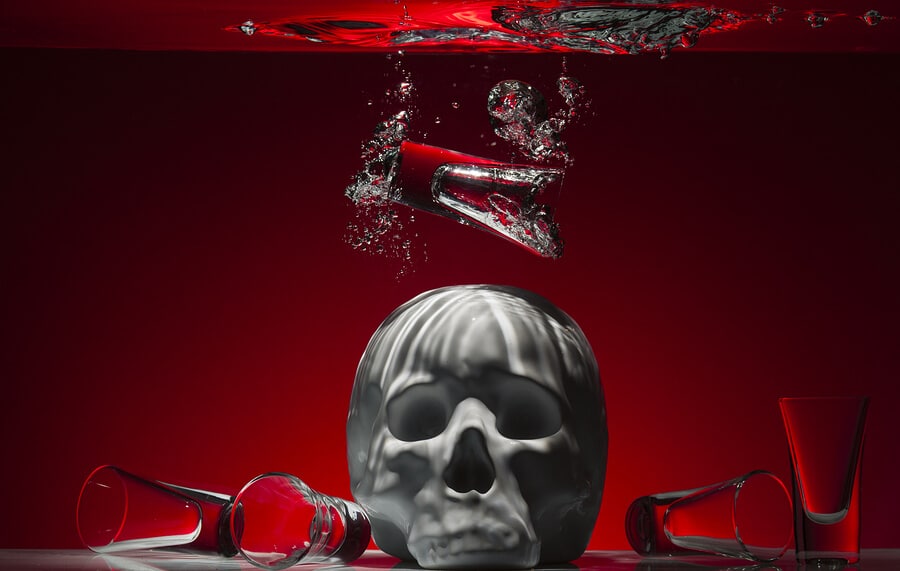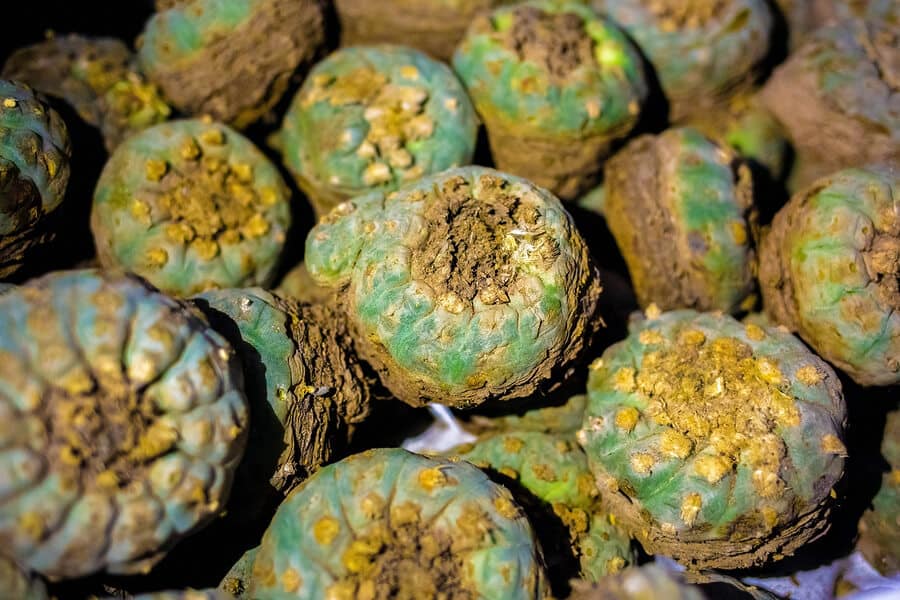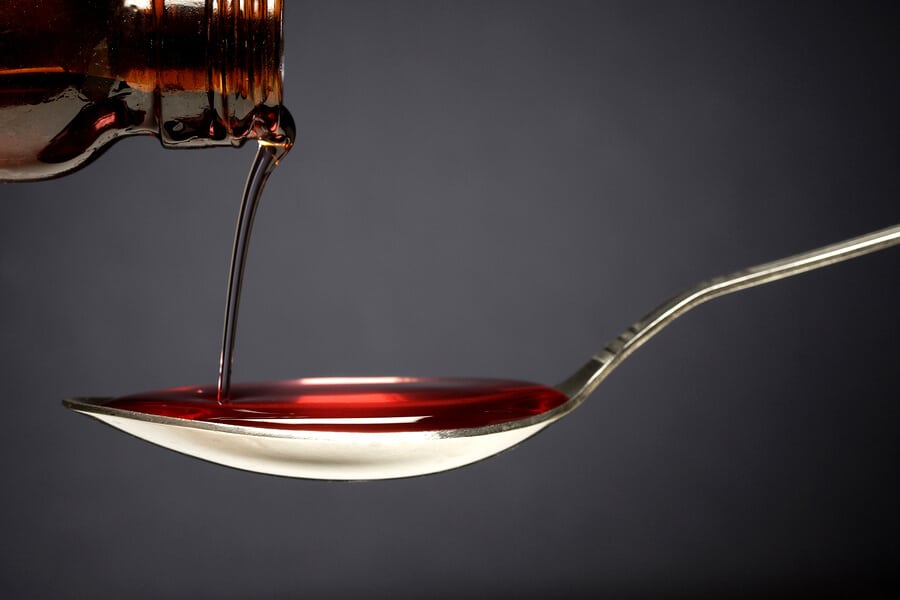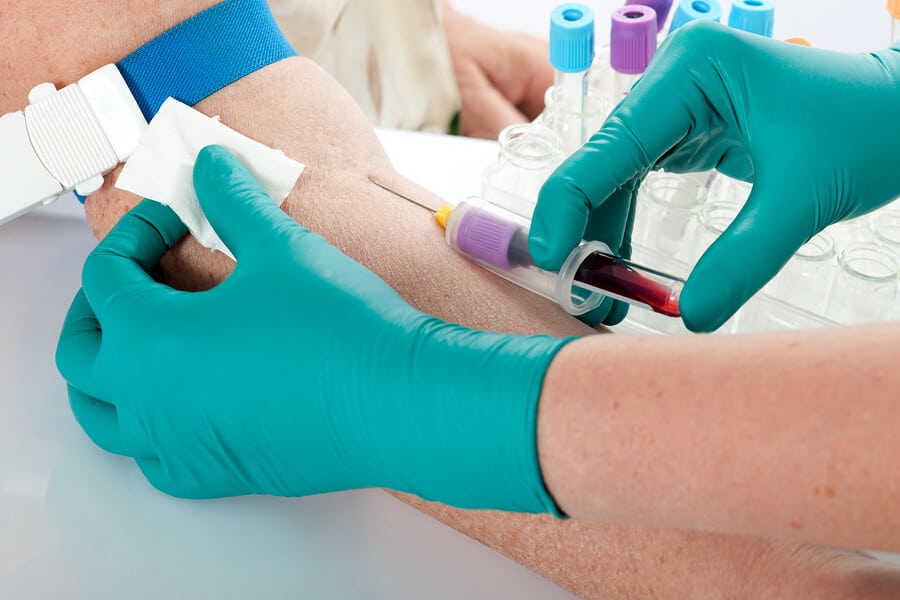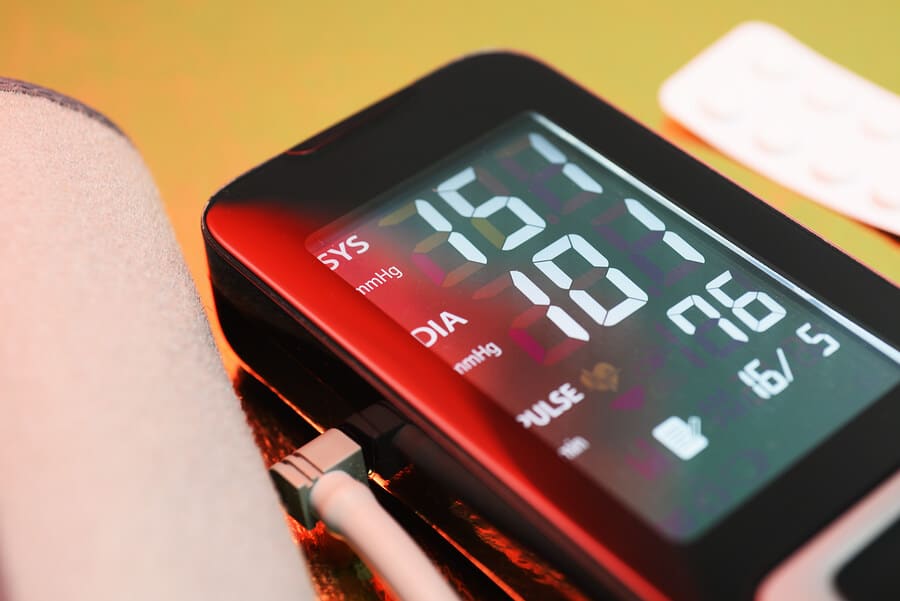
Seroquel (quetiapine) is a prescription antipsychotic medication commonly prescribed to relieve psychotic symptoms in those with schizophrenia or bipolar disorder. It is also sometimes used off label for the treatment of depression or insomnia. This medication can interact with several other drugs, including prescription and illicit recreational substances, as well as alcohol.
The Food and Drug Administration (FDA) warns that people who are using Seroquel should not consume alcohol. Alcohol can suppress the body’s ability to utilize Seroquel effectively. And, drinking alcohol while using Seroquel could exacerbate the typical side effects of the medication.
While it is advised that people who take Seroquel not consume alcohol, the effects of using alcohol while taking Seroquel are considered minor. However, while the effects of drinking may be mild, both of these substances will compound the effects of the other, making lesser amounts of each substance more powerful when used in combination.
Although there is research that shows that Seroquel and alcohol may be used together relatively safely, there is still some significant risk associated with this combination. Moreover, it is not advised to use both of these substances within the same timeframe without first consulting a physician.
Seroquel and Alcohol Side Effects
When Seroquel and alcohol are used together, side effects that occur with either substance can worsen. These might include the following:
- Mood changes
- Head and body aches
- Constipation
- Dry mouth
- Nausea
- Vomiting
- Drowsiness
- Lightheadedness
- Sleepiness
- Fatigue
- Weakness
- Changes in appetite
- Weight changes
- Indigestion
- Constipation
- Changes in liver function
- Difficulty concentrating
- Unusual dreams
In severe cases, the increased side effects can be detrimental or even fatal, just as taking an excessive amount of either substance by itself could be dangerous. If you use alcohol and Seroquel in conjunction, the combined effect may impair judgment. This effect can lead to increased risks while driving, operating heavy machinery, or any other activity that requires focus and sharp motor skills.
Dangers of Alcohol

While alcohol is legal to consume in the U.S. for persons aged 21 or older, it is nonetheless a potent substance that can interfere with how different drugs act in the body. According to the National Institute on Alcohol Abuse and Alcoholism (NIAAA) as of 2015, more than 86% of people aged 18 and older in the U.S. reported consuming alcohol at least once in their lifetime.
The Centers for Disease Control and Prevention has stated that there is no such thing as safe drinking because any level of alcohol consumption increases a person’s risk of brain chemistry changes, falls, memory loss, and organ damage. With medications such as Seroquel, any alcohol consumption may be harmful. Those who are using Seroquel and also actively consuming alcohol are urged to quit drinking to be safe.
Alcohol increases the risk of psychotic symptoms, and it interacts adversely with Seroquel’s side effects. Also, if you consume alcohol while using Seroquel, there are overlapping side effects that can worsen rapidly. These include the following:
- Impaired coordination
- Impaired memory
- Slurred speech
- Physical weakness
- Nausea and vomiting
- Stomach problems
Another possible side effect of Seroquel is weight gain, so those with blood sugar volatility are at risk for this is they use this drug. Drinking alcohol can also change blood sugar levels, and due to excessive empty calories, it can increase the risk of weight gain as well. Gaining too much weight raises the risk of type 2 diabetes and heart disease.
It is also more difficult for the body to regulate temperature and cool down while using Seroquel. This effect can result in heat exhaustion and even hyperthermia in extreme situations, such as at crowded parties or in hot environments. Moreover, intense exercise and hot, humid weather are risky while using Seroquel.
Drinking alcohol can also increase body temperature and the risk of hyperthermia on its own. As such, combining Seroquel and alcohol means you can feel hot or feverish much of the time, and that you are at an even higher risk of experiencing hyperthermia.
Symptoms of hyperthermia include:
- Strong, rapid pulse
- Delirium and confusion
- Lack of sweating
- Flushed or red skin
- Dry skin
- Faintness
- Staggering and falling
- Mood swings
- Agitation
Someone who is suffering from hyperthermia needs medical attention immediately. If you suspect you or someone you know is at risk, please call 911.
Treatment for Alcoholism
If you struggle with alcohol abuse and you are prescribed Seroquel, it is vital that you work with addiction professionals to overcome alcoholism first. To do so, you may need to find a rehab program, such as Harmony Treatment and Wellness, that uses an integrated approach to addiction. Moreover, persons who experience psychotic symptoms or other mental health disorders will need to have all conditions treated simultaneously.
Are you ready to break free from substance abuse and reclaim the fulfilling life you deserve? Contact us today and find out how we can help!





